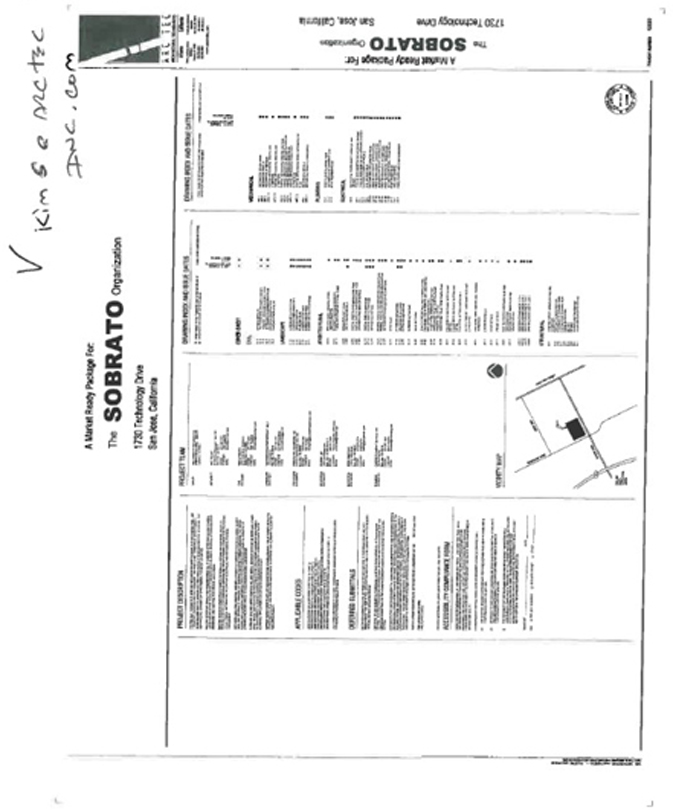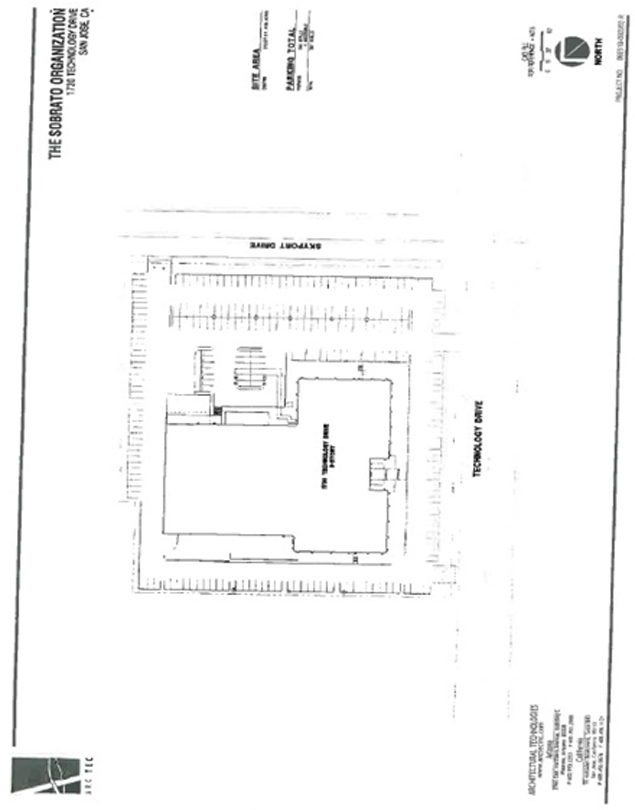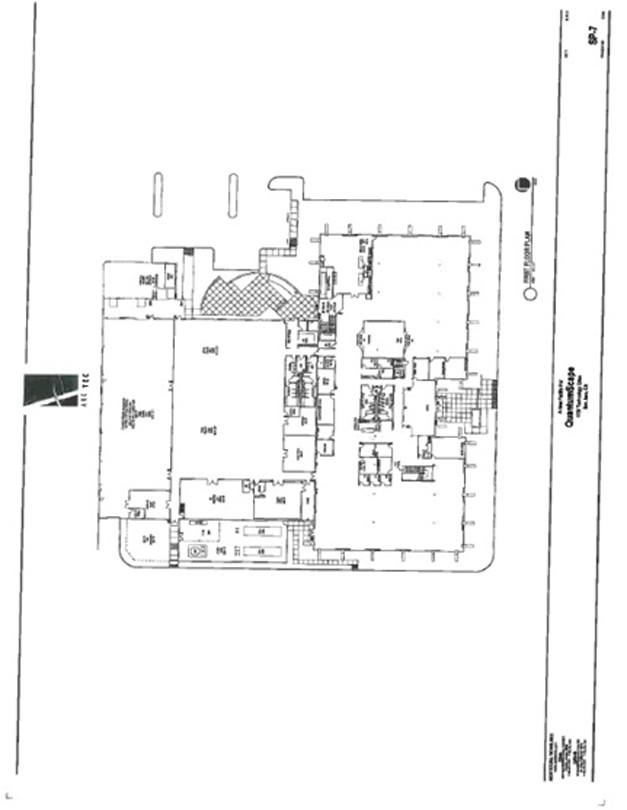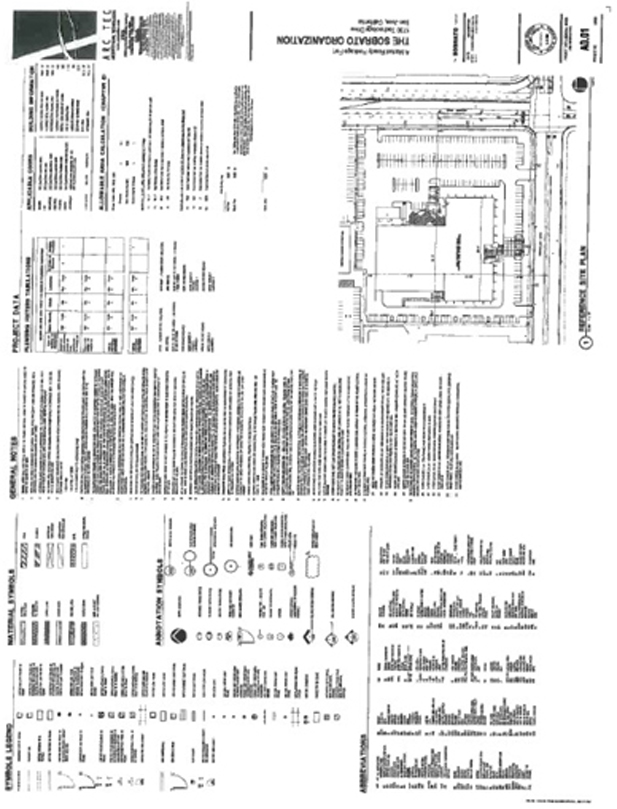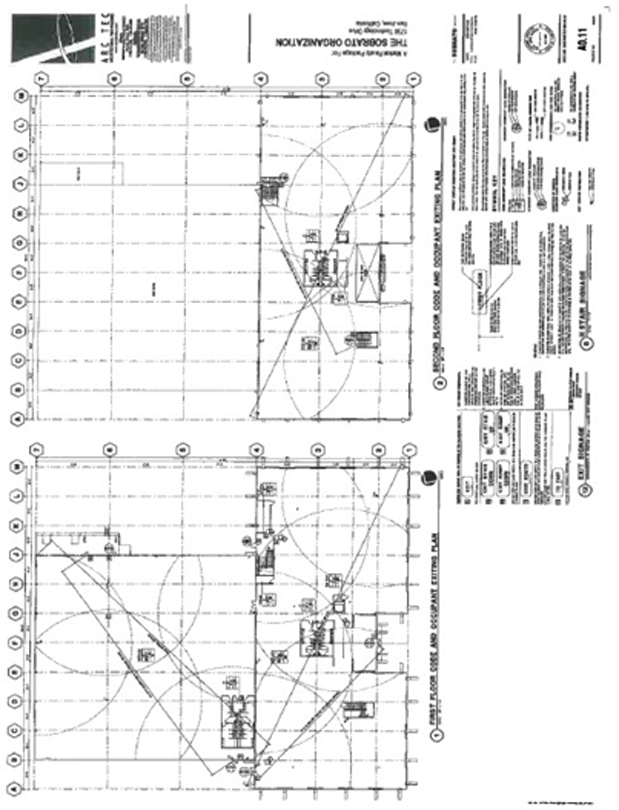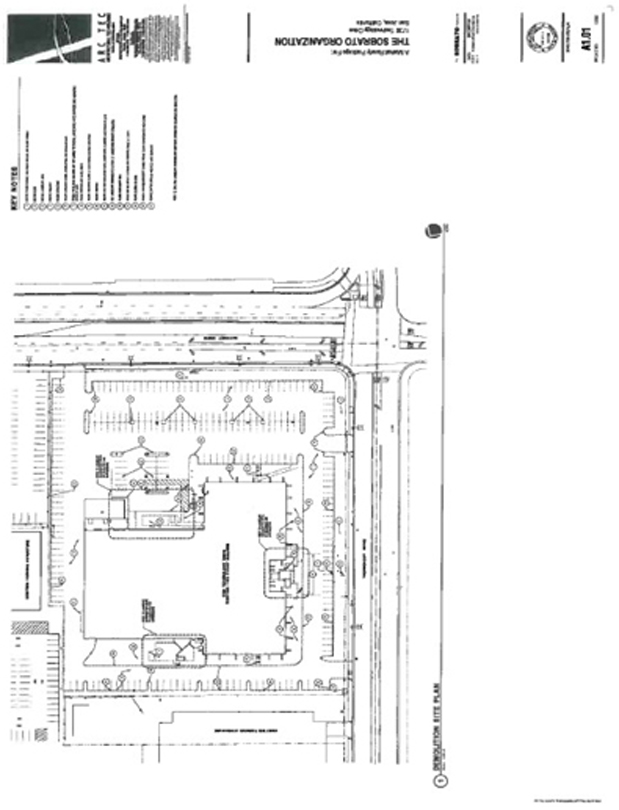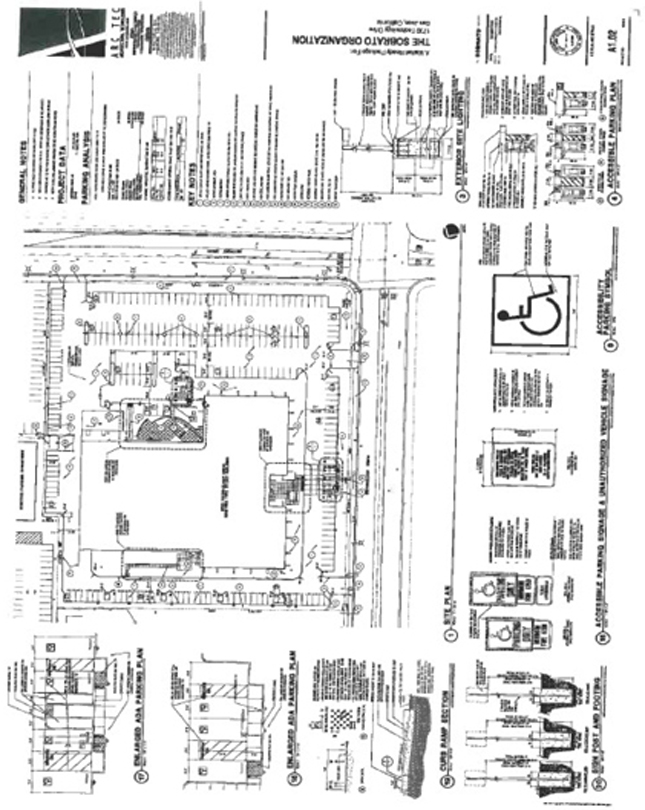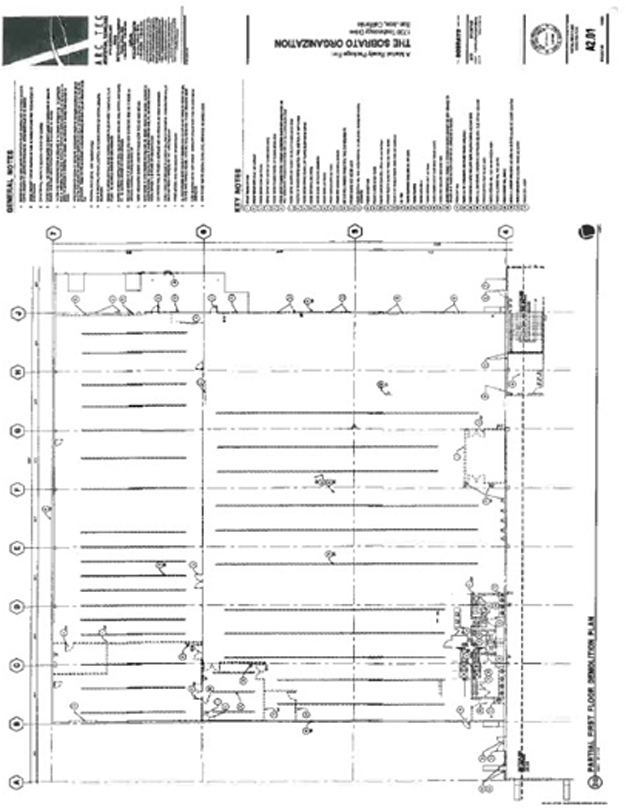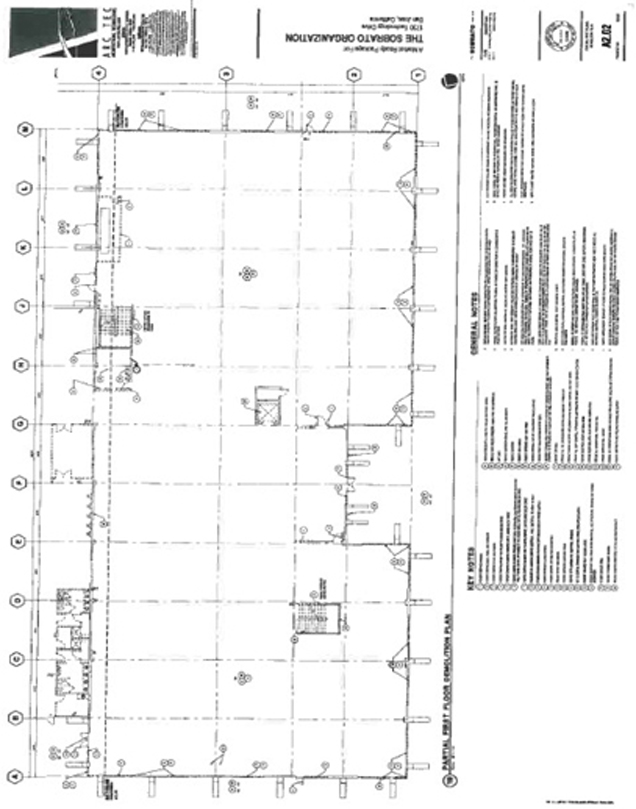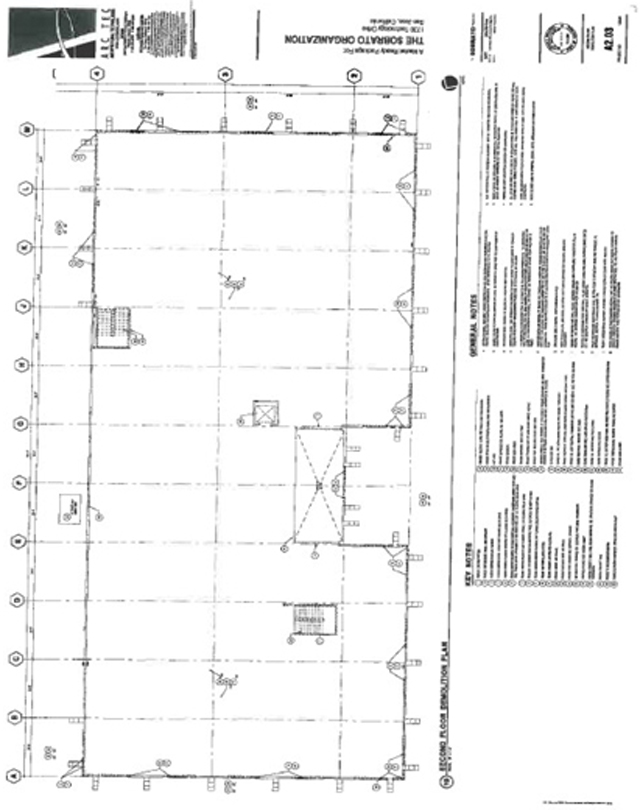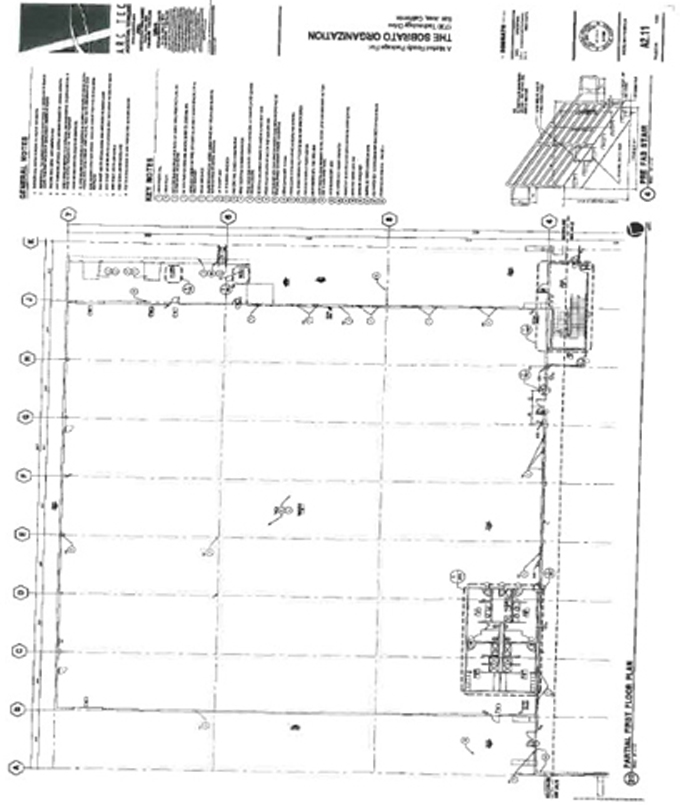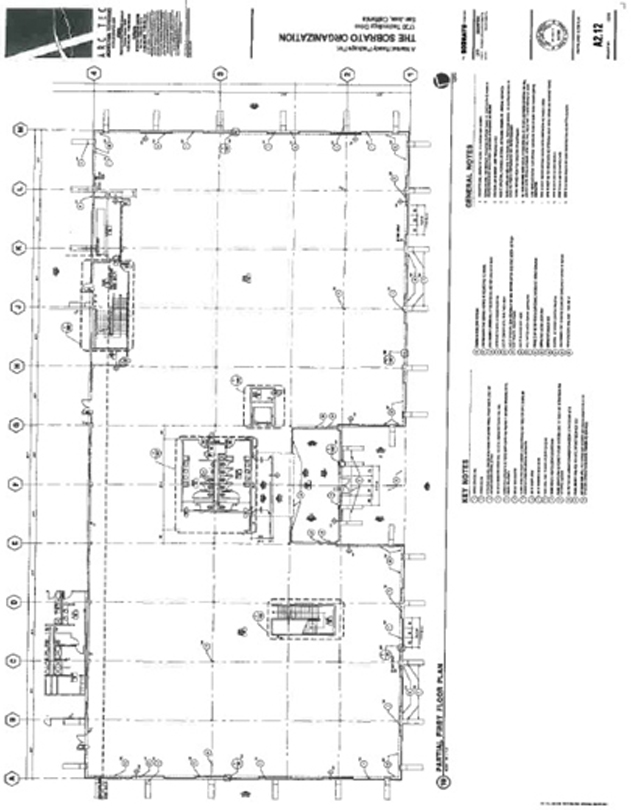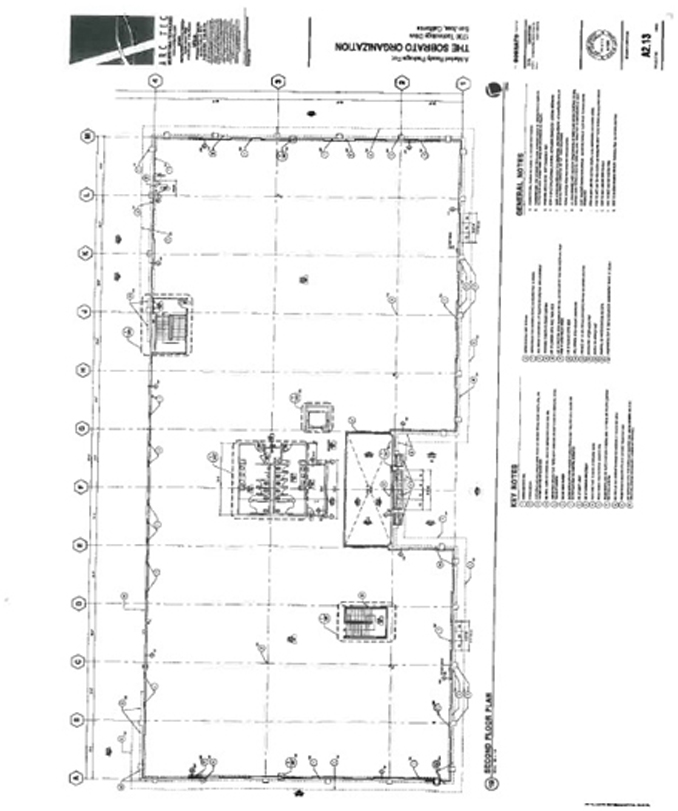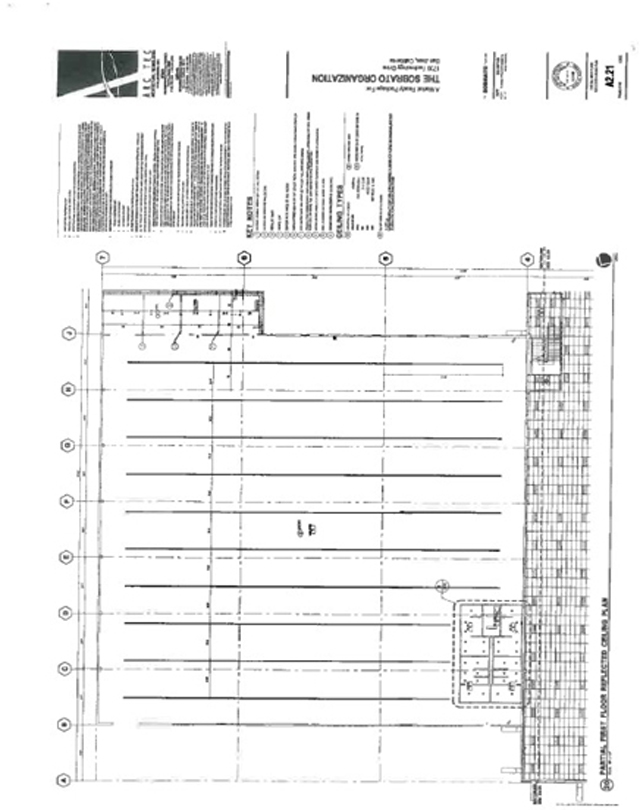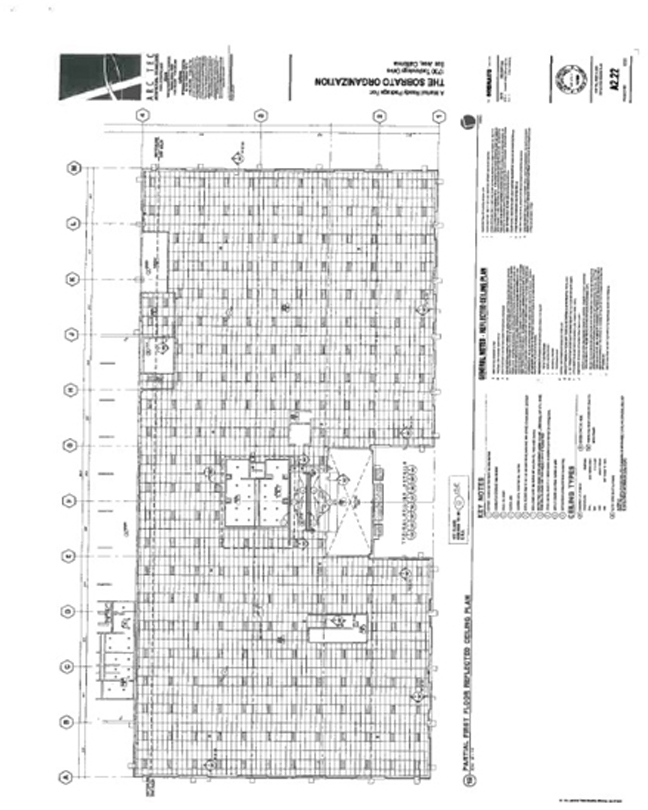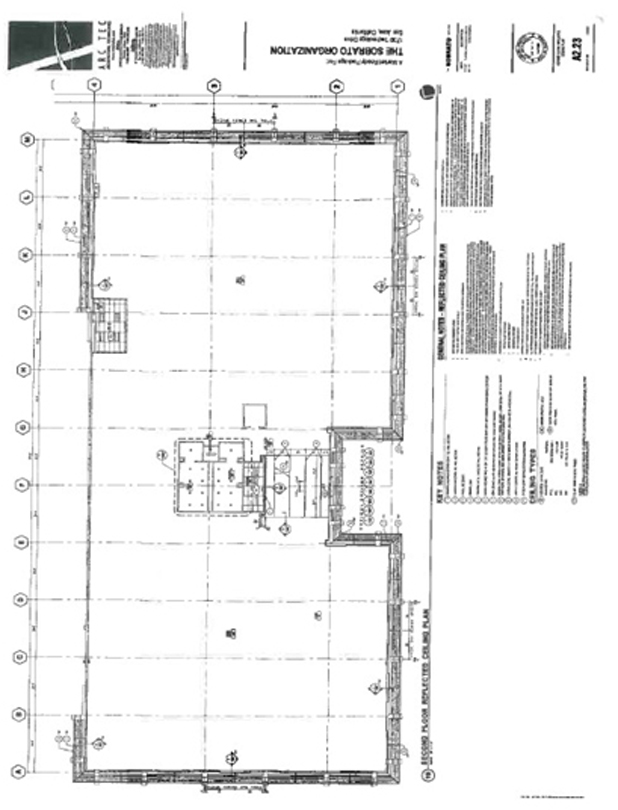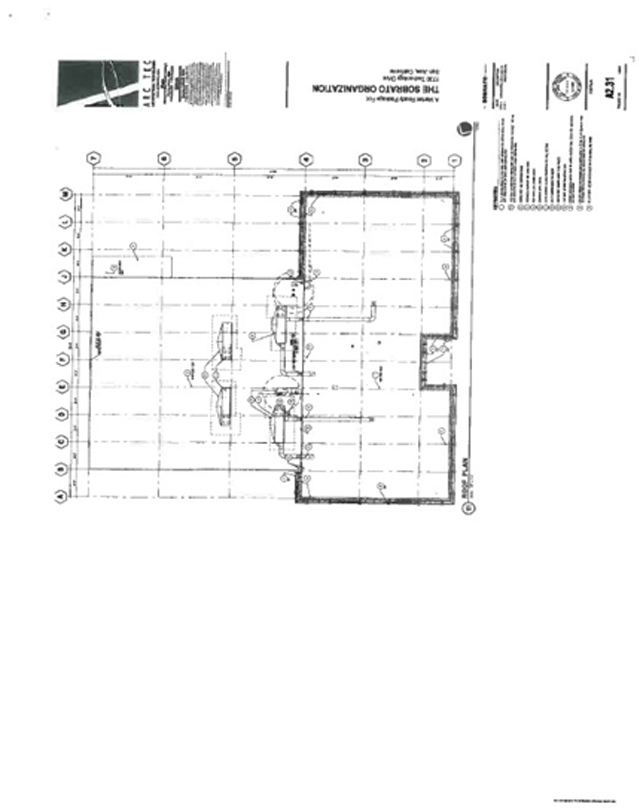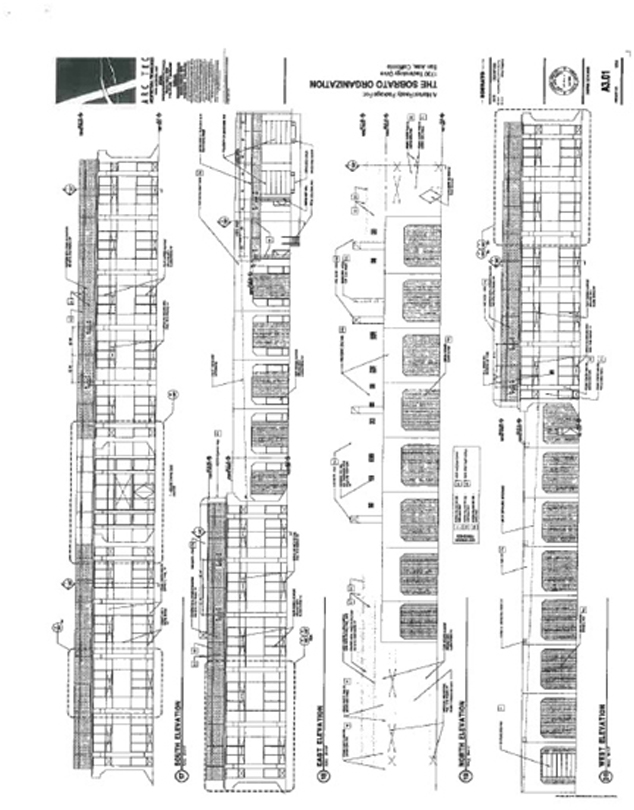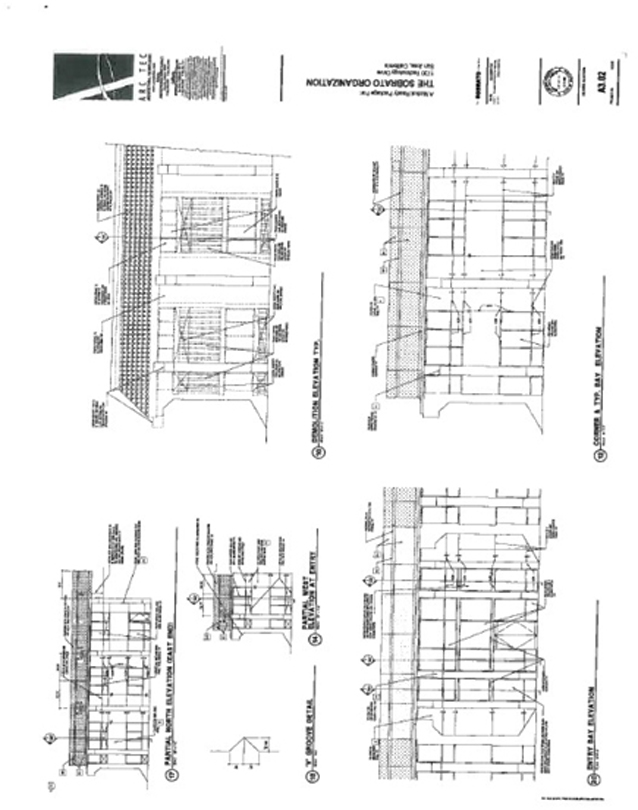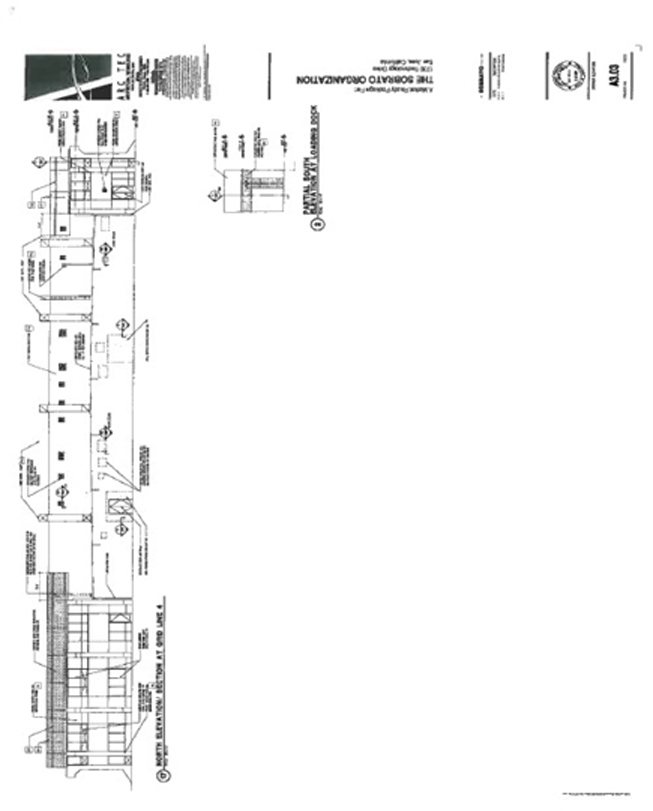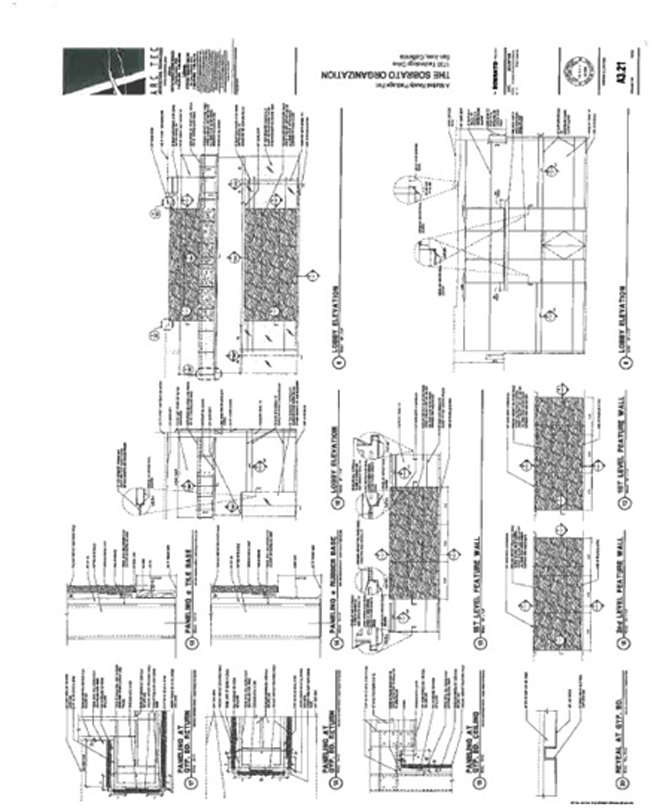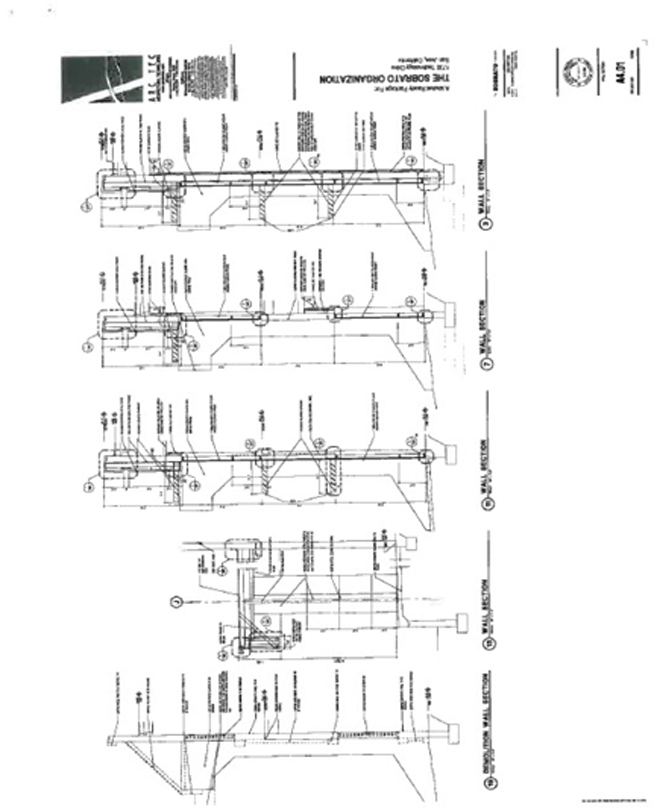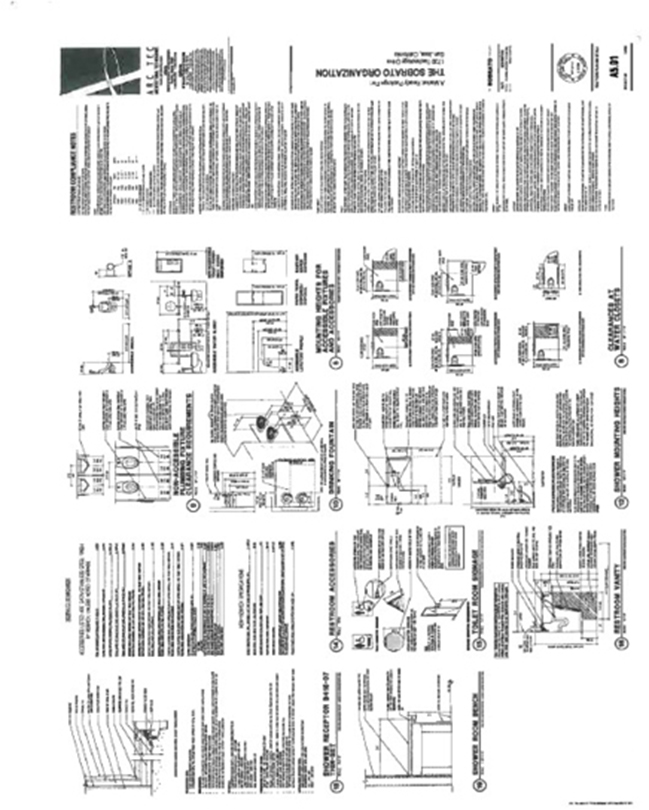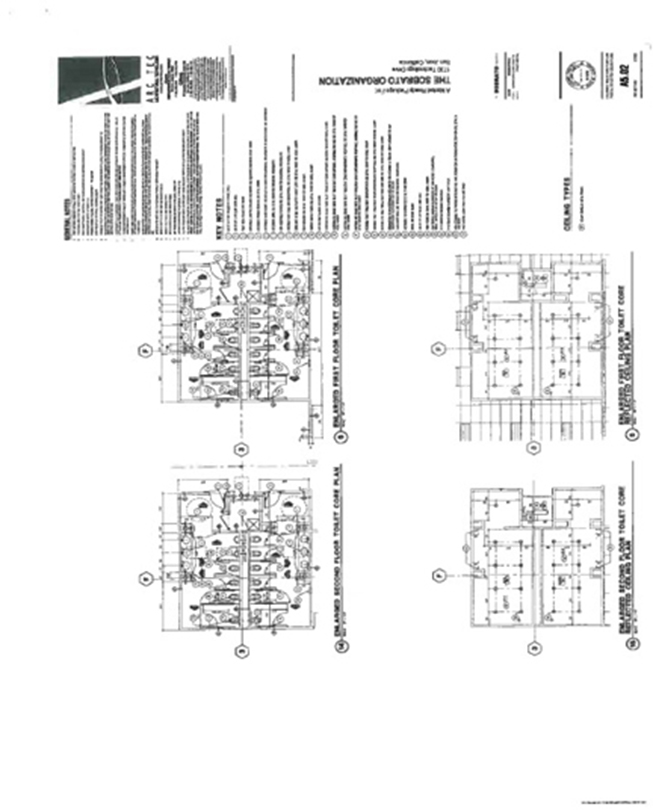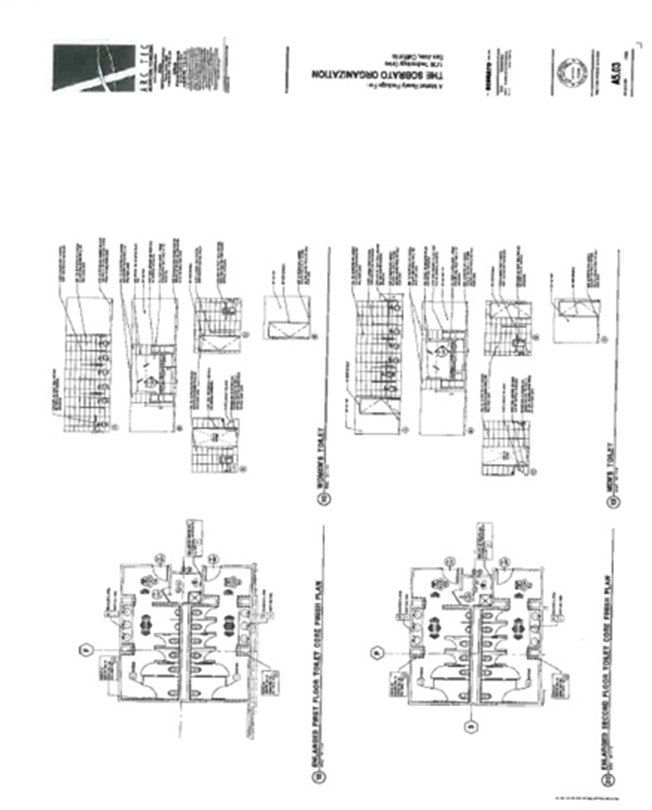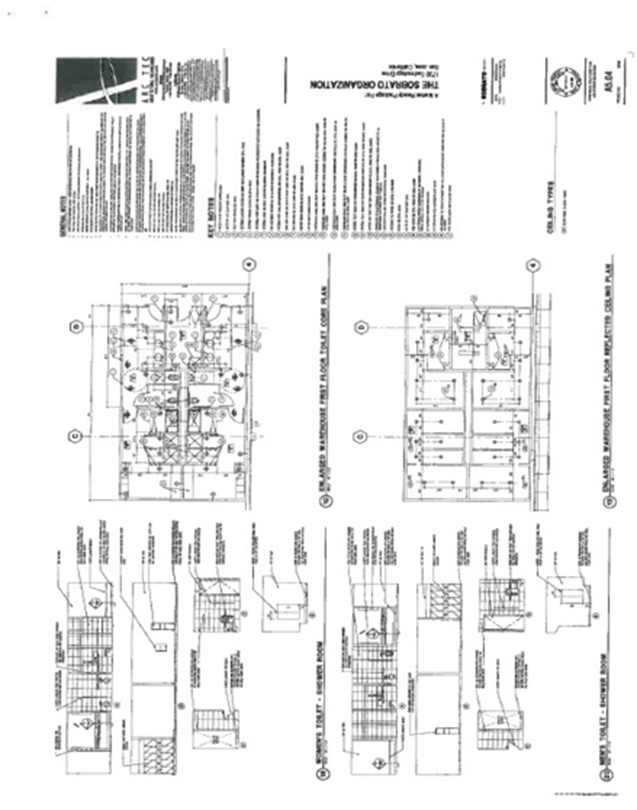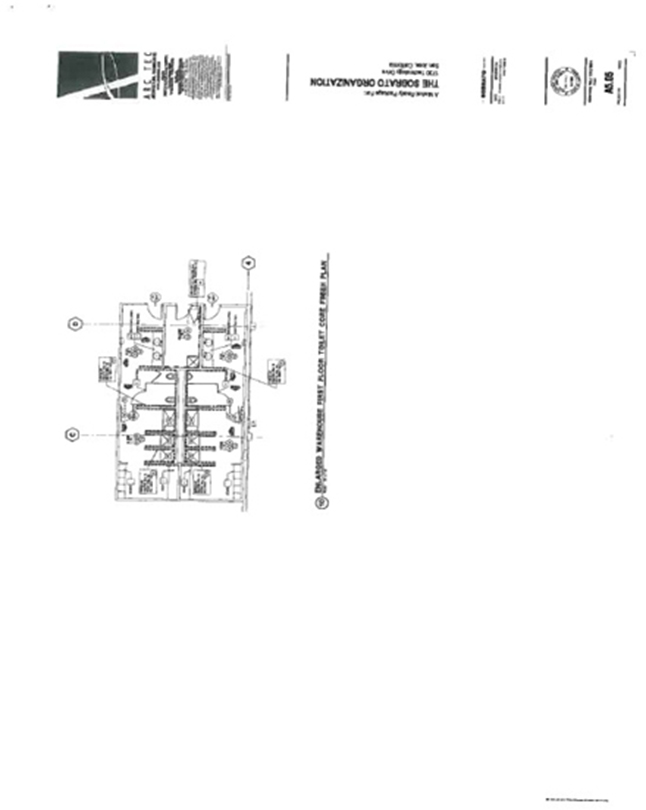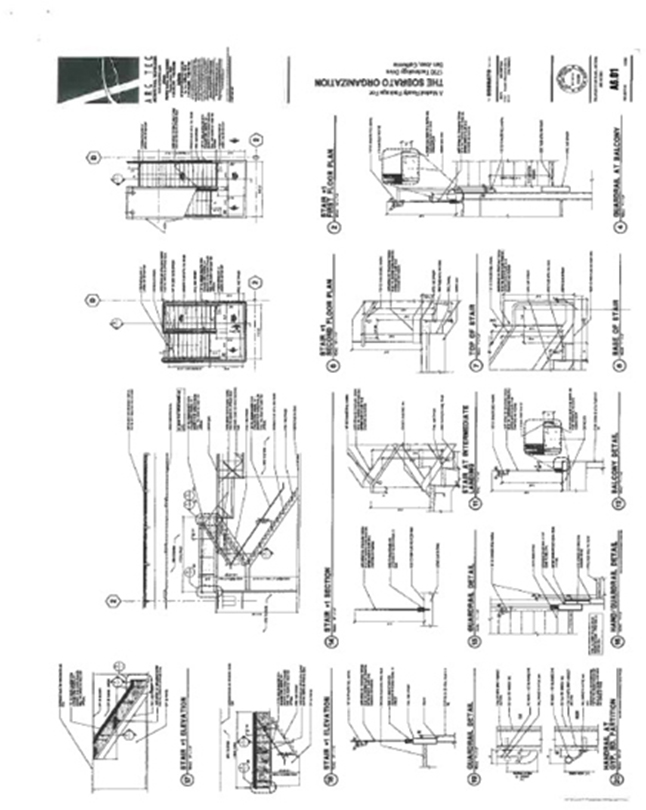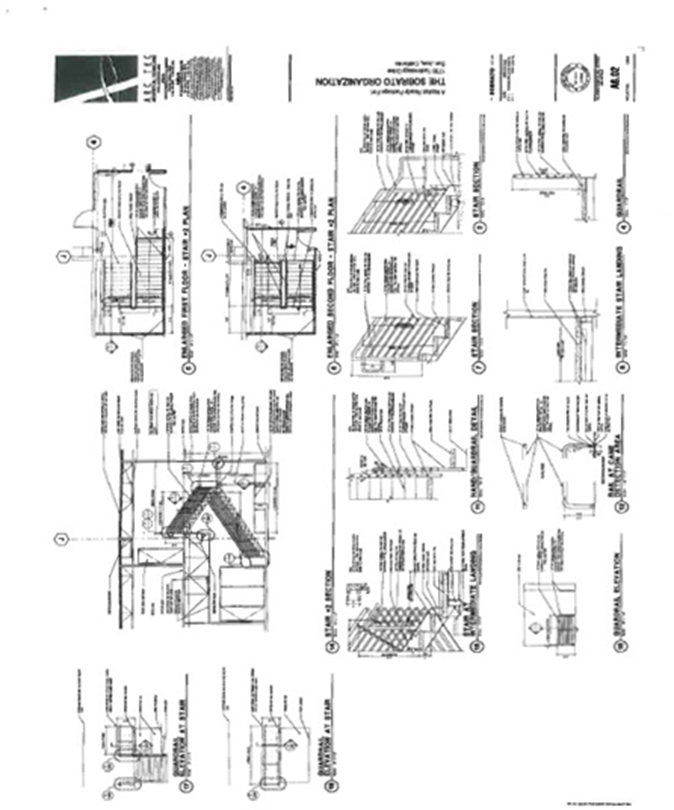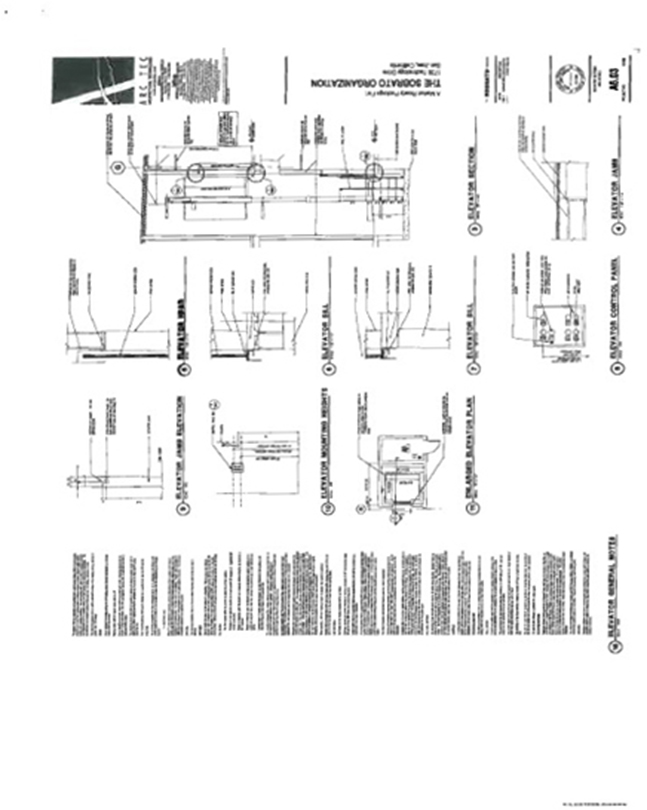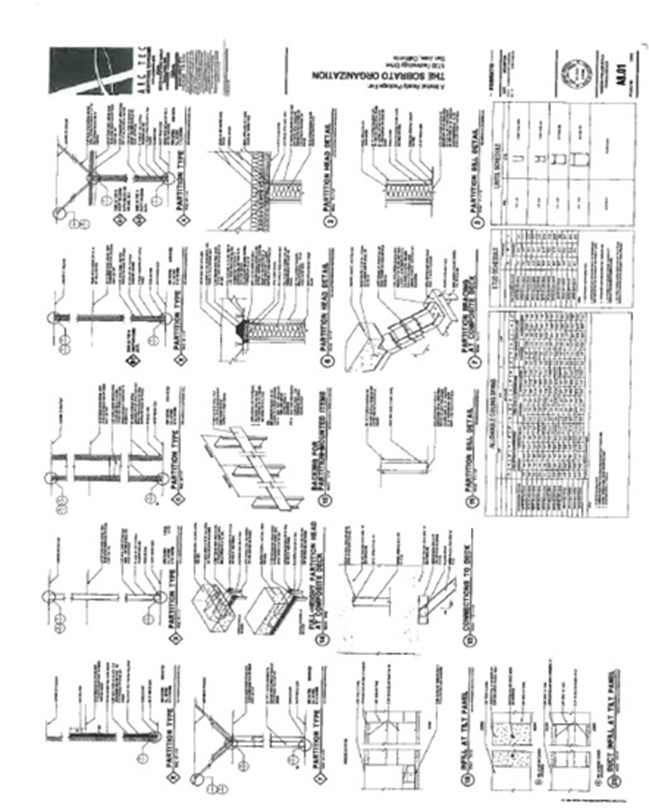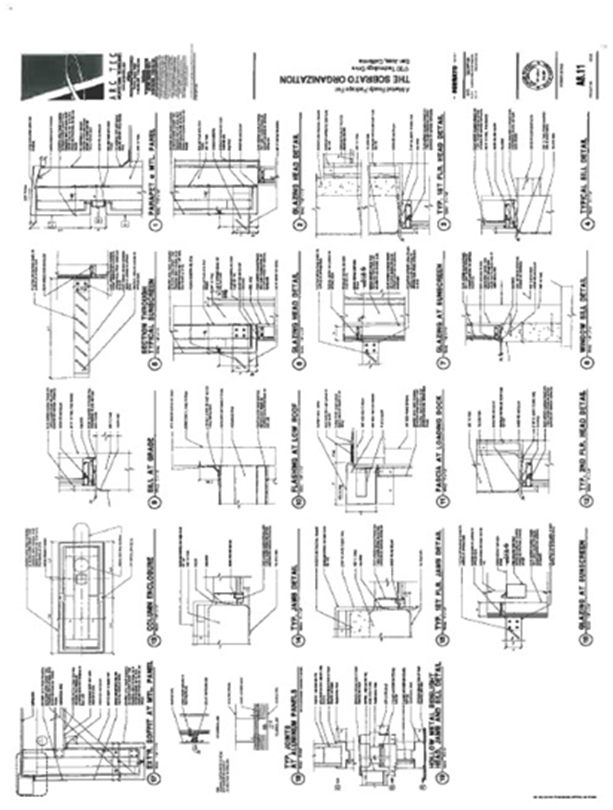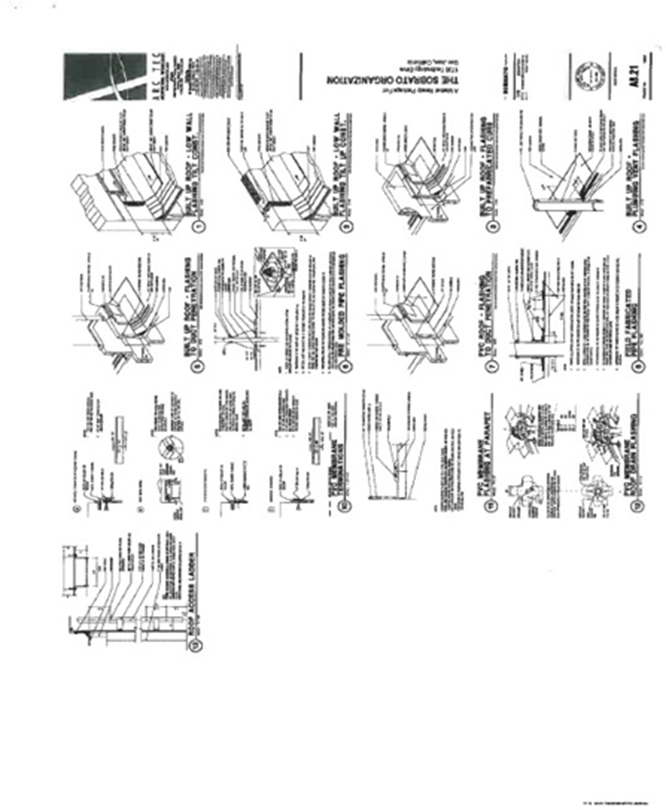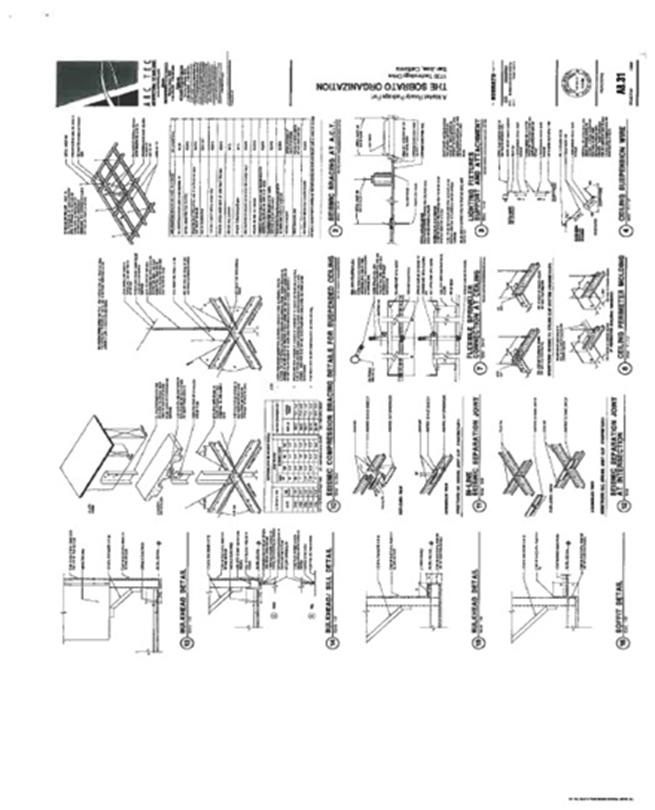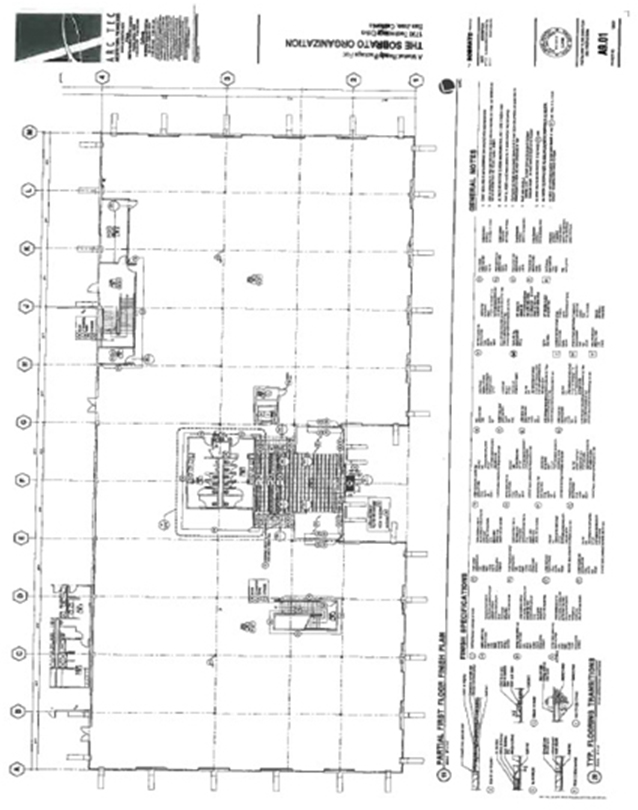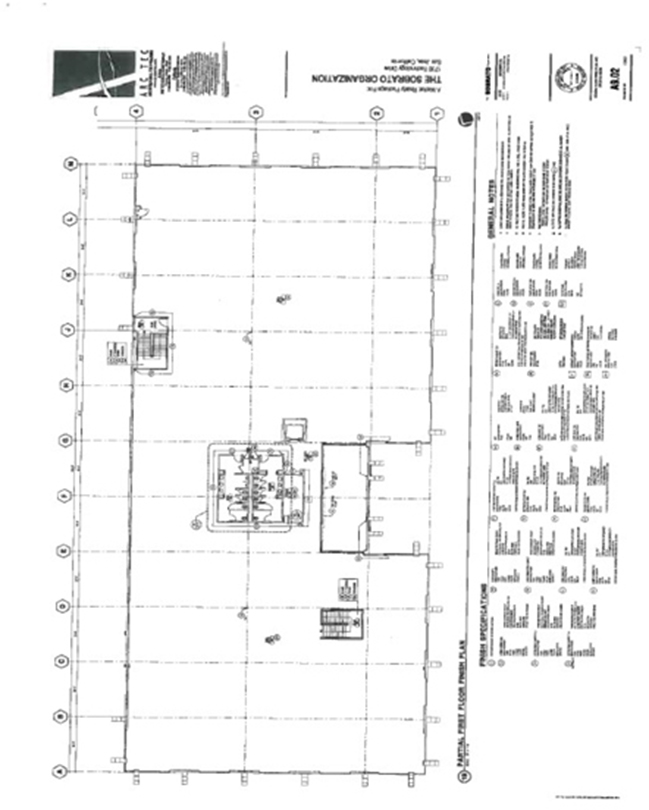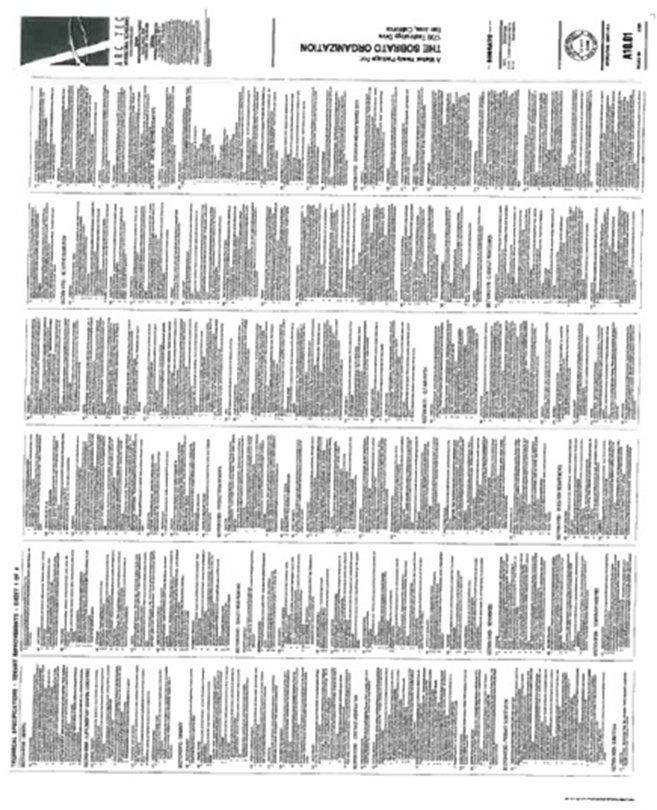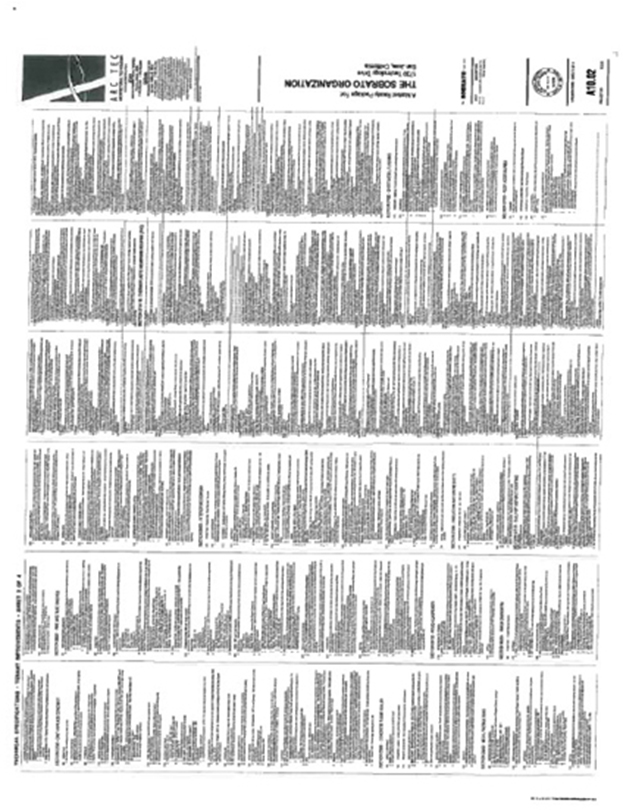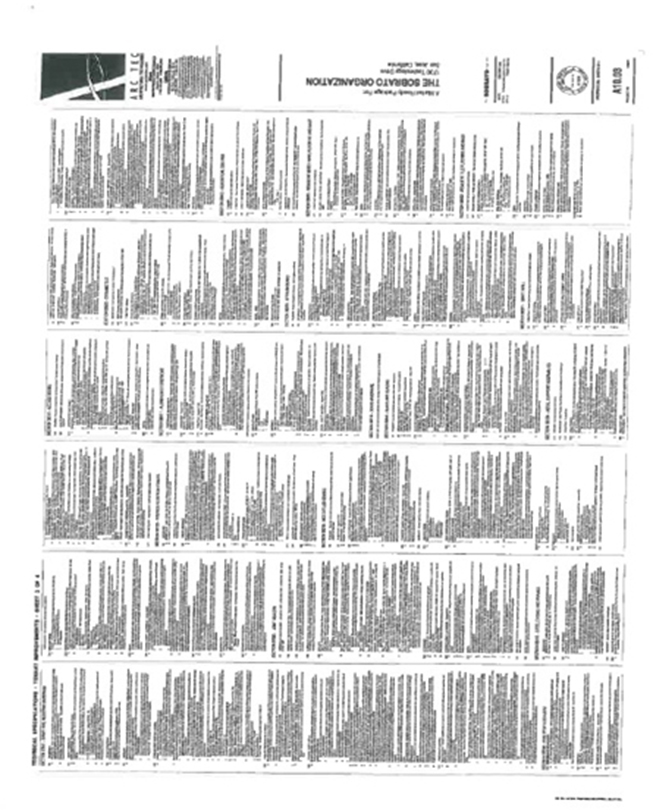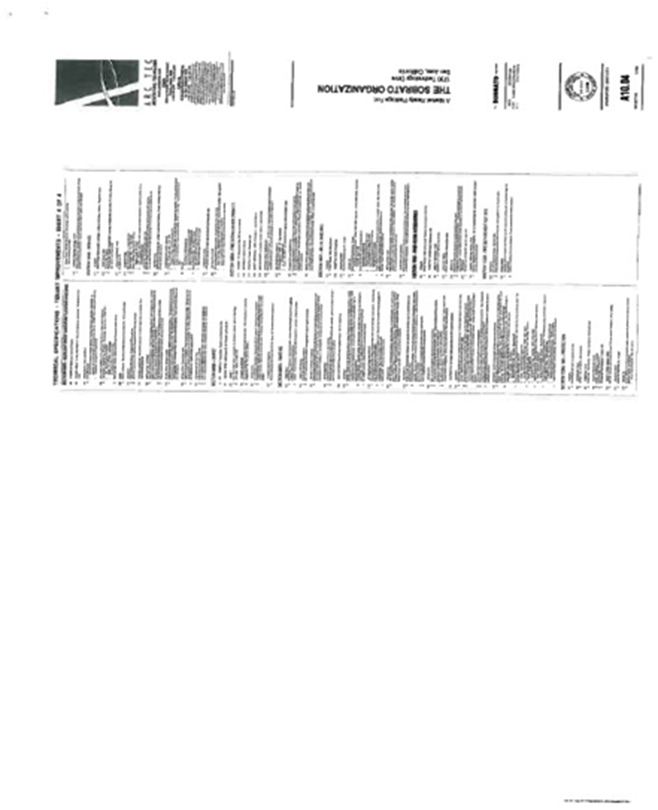abatement or reduction of any portion of Base Monthly Rent or any other amount payable under this Lease and the continued effectiveness of this Lease shall not be affected thereby. Tenant acknowledges that the Premises, the Building and/or the Project may become subject to the rationing of utility services or restrictions on utility use as required by a public utility company, governmental agency or other similar entity having jurisdiction thereof. Tenant acknowledges and agrees that its tenancy and occupancy hereunder shall be subject to such rationing or restrictions as may be imposed upon Landlord, Tenant, the Premises, the Building and/or the Project, and Tenant shall in no event be excused or relieved from any covenant or obligation to be kept or performed by Tenant by reason of any such rationing or restrictions.
| 13. | TOXIC WASTE AND ENVIRONMENTAL DAMAGE: |
| | A. | Use of Hazardous Materials: |
Without the prior written consent of Landlord, which consent shall not be unreasonably withheld, conditioned or delayed, neither Tenant, nor any subtenant of the Premises (of any tier in the chain of title) or any of Tenant’s or such subtenant’s agents, employees, representatives, affiliates, architects, contractors (including without limitation subcontractors of all tiers), suppliers, vendors, subtenants, licensees or invitees (collectively “Tenant’s Agents”), shall cause or permit any Hazardous Materials, as defined below, to be generated, brought onto, used, stored, created, released or disposed of in or about the Premises or Project, except that Tenant may use and store small quantities of common household cleaners and office supplies on the Premises provided such use and storage is in strict compliance with all Environmental Laws, as defined below. As used herein, the term “Hazardous Materials” shall mean any and all substances, materials or wastes (whether liquid, solid or gaseous), which are a pollutant or contaminant, or which are hazardous, toxic, ignitable, reactive, corrosive, dangerous, harmful or injurious, or which present a risk to public health or the environment, or which are or may become regulated by or under the authority of
any Environmental Laws, as defined below, including, without limitation, asbestos or asbestos containing materials, petroleum products, pesticides, polychlorinated biphenyls, flammable explosives, radioactive materials and urea formaldehyde. As used herein, the term “Environmental Laws” shall mean any present or future federal, state or local Laws, whether common law, statute, rule, regulation or ordinance, judgment, order, or other governmental restriction, guideline, listing or requirement, relating to the environment or any Hazardous Materials, including without limitation, the Comprehensive Environmental Response, Compensation, and Liability Act of 1980, 42 U.S.C. §9601 et seq., the Resource Conservation and Recovery Act of 1976, 42 U.S.C. §6901 et seq., and applicable provisions of the California Health and Safety Code and the California Water Code, all as heretofore or hereafter may be amended from time to time. In order to obtain consent, Tenant shall deliver to Landlord its written proposal describing the Hazardous Materials to be brought onto the Premises, measures to be taken for storage and disposal thereof, and safety measures to be employed to prevent pollution or contamination of the air, soil, surface and ground water. Landlord’s approval may be withheld in its reasonable judgment. Without diminishing Tenant’s obligation to obtain Landlord’s consent to Tenant’s use of Hazardous Materials on the Premises where this Lease requires such consent, Tenant represents and warrants that it shall comply with all Governmental Regulations applicable to Hazardous Materials including doing the following: (i) adhere to all reporting and inspection requirements imposed by Federal, State, County or Municipal Laws and provide Landlord a copy of any such reports or agency inspections; (Ii) obtain and provide Landlord copies of all necessary permits required for the use and handling of Hazardous Materials on the Premises; (iii) enforce Hazardous Materials handling and disposal practices consistent with industry standards; (iv) surrender the Premises and Project free from any and all Hazardous Materials generated, brought, used, stored, created, released, or disposed of (collectively and individually, “Released”) by Tenant or Tenant’s Agents or by anyone else (other than Landlord or Landlord’s
